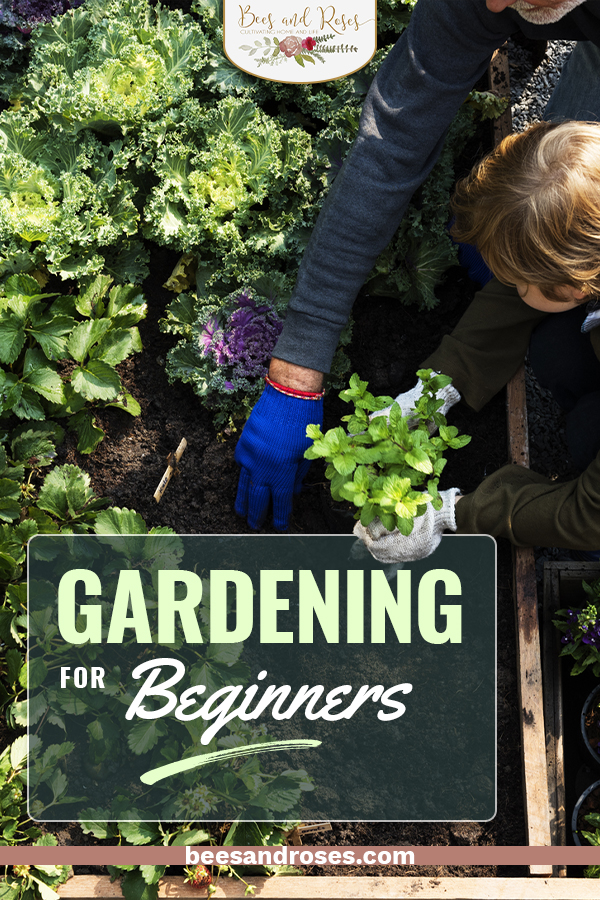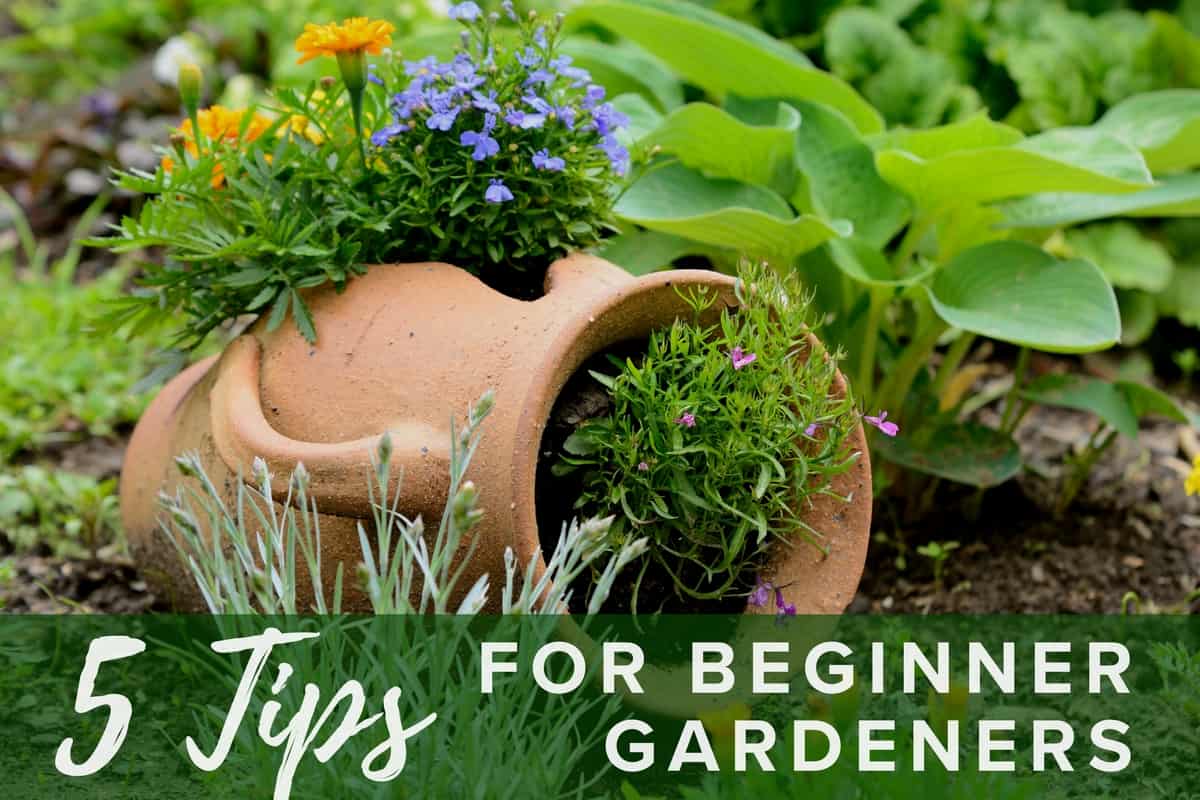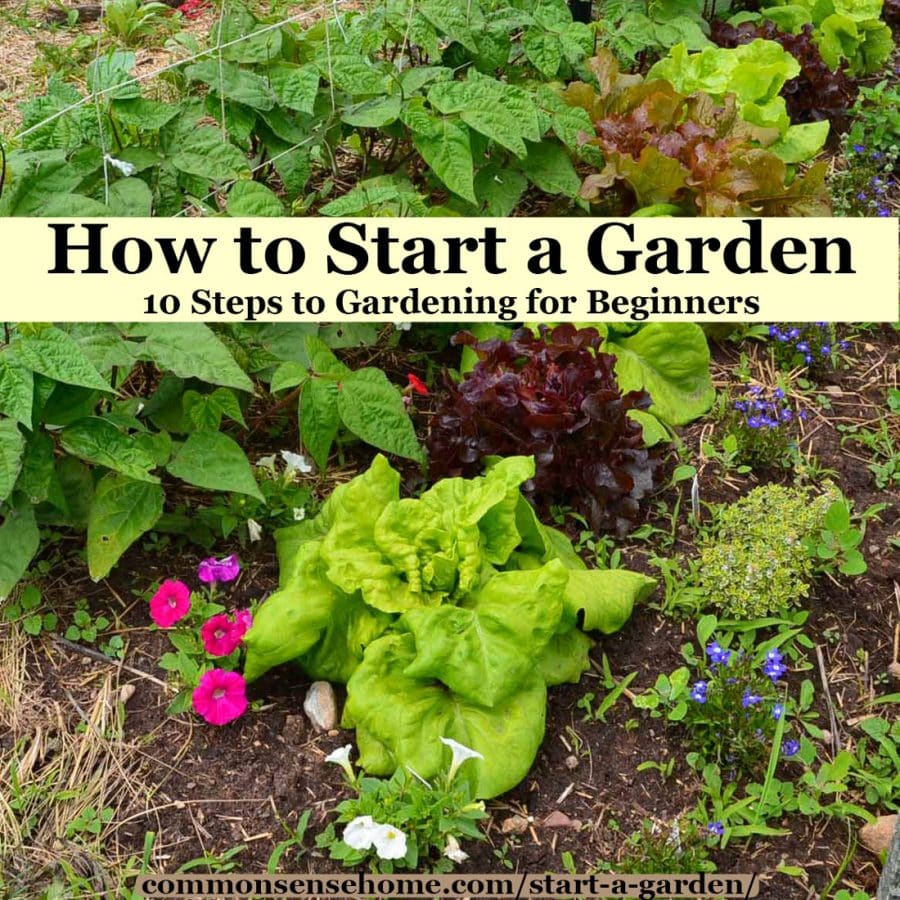Introduction: Embracing the Joy of Home Gardening
Home gardening is an incredibly rewarding and fulfilling activity that can bring numerous benefits to beginners. By cultivating a home garden, you can improve your mental health, promote sustainability, and enhance your property’s aesthetics. Moreover, home gardening allows you to grow your own fresh produce, ensuring that you consume healthy and nutrient-rich food while reducing your carbon footprint.
Choosing the Right Location: Factors to Consider
Selecting the perfect location is crucial for a thriving home garden. Beginners should consider several factors when choosing a site, including sunlight exposure, soil quality, and access to water sources. Ideally, your garden should receive at least six hours of direct sunlight daily, ensuring optimal plant growth and development. Furthermore, assess the soil quality by testing its pH levels, nutrient content, and drainage capabilities. Poorly drained soil can lead to root rot and other fungal diseases, while nutrient-deficient soil may hinder plant growth. Lastly, ensure that your garden is easily accessible to water sources, as regular watering is essential for healthy plant growth.
Selecting the Perfect Plants: A Guide for Beginners
When selecting plants for your home garden, it’s essential to consider factors such as climate, plant size, and maintenance requirements. Beginners should start with easy-to-grow plants that are well-suited to their local climate and require minimal care. For instance, herbs, vegetables, and annual flowers are excellent choices for novice gardeners. Additionally, consider the plant’s mature size and growth habits, ensuring that you have enough space for each plant to reach its full potential. Lastly, be realistic about your time commitments and select plants that match your maintenance preferences. For example, if you have limited time for gardening, opt for low-maintenance plants that require minimal watering, pruning, and fertilization.
How to Prepare the Soil: A Comprehensive Guide
Preparing the soil is a critical step in creating a successful home garden. Proper soil preparation ensures optimal growth, plant health, and high yields. To prepare the soil, begin by removing weeds, rocks, and debris from the garden site. Next, test the soil’s pH levels and nutrient content to determine if amendments are necessary. Depending on the results, you may need to add lime to raise the pH or sulfur to lower it. Additionally, incorporate organic matter such as compost or well-rotted manure to improve soil structure, fertility, and drainage.
Planting Techniques: Tips for Optimal Growth
Proper planting techniques are crucial for ensuring optimal growth and plant health in your home garden. Begin by selecting the appropriate planting depth and spacing for each plant, ensuring that they have enough room to grow and adequate drainage. When planting, dig a hole that is slightly larger than the plant’s root ball, and amend the soil with organic matter as needed. Backfill the hole, gently tamping down the soil around the roots to remove any air pockets. Finally, water the plants thoroughly, ensuring that the soil is evenly moist but not waterlogged.
Maintaining Your Garden: Essential Care and Upkeep
Regular care and upkeep are essential for maintaining a healthy and thriving home garden. Begin by weeding your garden regularly, removing any unwanted plants that compete with your desired plants for nutrients and water. Prune your plants to promote healthy growth and remove any dead or damaged branches. Additionally, practice proper pest control by identifying and treating any pests or diseases that may affect your plants. Regularly monitor your garden for signs of pests or diseases, and take action promptly to prevent any issues from becoming more significant problems.
Harvesting and Preserving Your Garden Bounty
Harvesting your homegrown produce is a rewarding experience, but it’s essential to do it correctly to ensure the best quality and longevity. Pick your produce at the right time, typically when it’s ripe and ready to eat. Be gentle when harvesting to avoid damaging the plant or the remaining produce. After harvesting, preserve your produce to enjoy it long after the gardening season is over.
There are several preservation techniques to consider, such as canning, freezing, and dehydrating. Canning involves sealing food in airtight containers and processing it in a hot water bath or pressure cooker to kill bacteria and preserve the food. Freezing is a simple and effective way to preserve many types of produce, such as fruits, vegetables, and herbs. Dehydrating, on the other hand, removes the moisture from the food, preventing bacterial growth and preserving the food for long-term storage.
Overcoming Common Challenges: A Troubleshooting Guide
Even with the best planning and care, home gardeners may still encounter challenges that can affect the health and yield of their plants. Here are some common issues and practical solutions to help beginners overcome these challenges.
Pests and Diseases
Pests and diseases can quickly damage or even kill plants if left untreated. To prevent infestations, keep the garden clean and free of debris, practice crop rotation, and use natural pest control methods such as introducing beneficial insects. If pests or diseases do occur, identify them promptly and use organic or chemical treatments as necessary.
Poor Yields
Poor yields can be caused by various factors, including poor soil quality, inadequate sunlight, and insufficient watering. To improve yields, ensure that the plants are getting the right amount of sunlight, water, and nutrients. Consider using fertilizers or soil amendments to improve soil structure and fertility. Additionally, choose high-yielding plant varieties and practice proper spacing and pruning techniques to maximize growth.
Weather Extremes
Weather extremes, such as droughts, heatwaves, and frosts, can damage or kill plants. To protect plants from weather extremes, use mulch to retain moisture, provide shade during hot weather, and cover plants with frost blankets during cold weather. Additionally, choose plant varieties that are well-suited to the local climate and consider using raised beds or containers to improve soil drainage and warmth.







